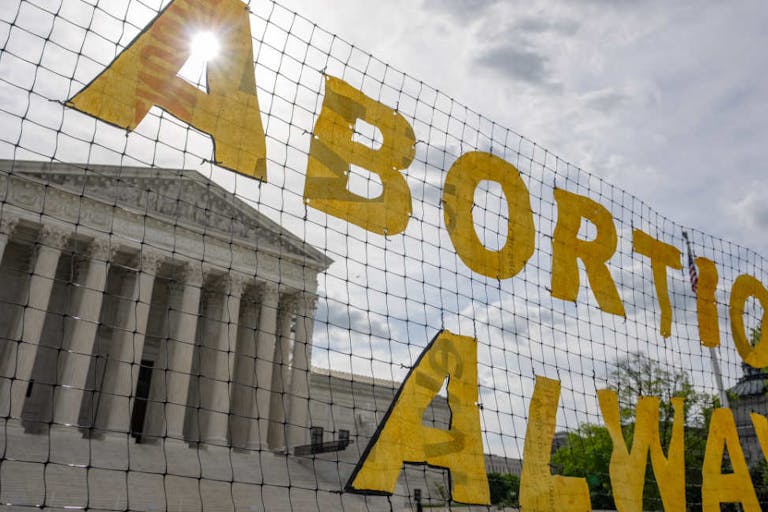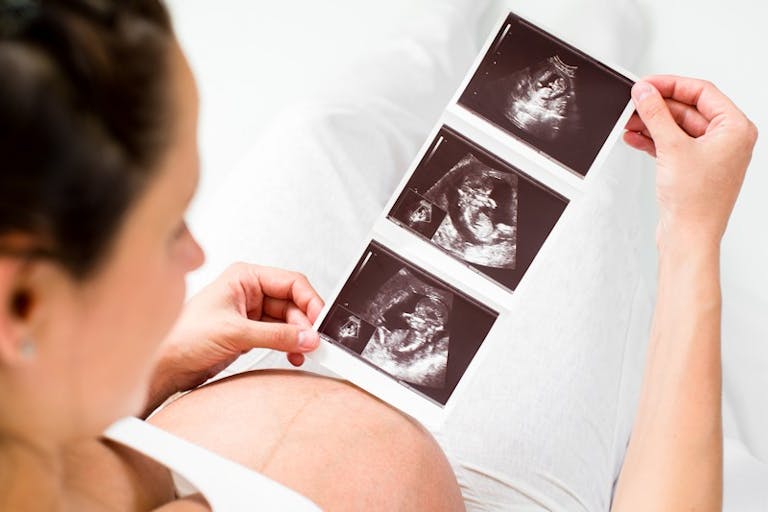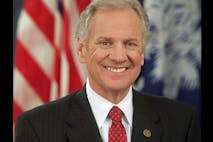
A growing number of Americans call themselves ‘pro-choice’ – but what’s really behind it?
Nancy Flanders
·
California cuts Medi-Cal by 10%, increases abortion funding 40%
The California Department of Health Care Services will increase funding for abortion by 40 percent in an effort to provide women “greater choice in selecting a contraceptive that meets their needs” to stop, delay, or limit pregnancy.
In the Medi-Cal Local Assistance Estimate report for fiscal years 2013-2014 and 2014-2015, the department details plans to cut Medi-Cal while increasing payment rates for abortion services. The California Legislature left in tact the 10 percent cut to health care providers serving Medi-Cal patients enacted during the recession.
The increase for abortion is tucked deep within the state budget plan signed on June 20 by Governor Jerry Brown, who championed California’s ability to increase welfare payments and fix budget woes. Brown signed the budget in the company of new state Assembly Speaker Toni Atkins, D-San Diego, who spearheaded AB 154, a law signed by Brown allow non-physicians to perform suction aspiration abortions.
Prior to the budget approval, Catholic bishops decried increased abortion funding, calling it “insanely distorted health care.”
Article continues below
Dear Reader,
Have you ever wanted to share the miracle of human development with little ones? Live Action is proud to present the "Baby Olivia" board book, which presents the content of Live Action's "Baby Olivia" fetal development video in a fun, new format. It's perfect for helping little minds understand the complex and beautiful process of human development in the womb.
Receive our brand new Baby Olivia board book when you give a one-time gift of $30 or more (or begin a new monthly gift of $15 or more).
“It’s cheaper for state government to pay for abortions than care for mothers and children,” said Rev. Jaime Soto of the California Catholic Conference. “By approving this budget, state elected officials are choosing abortion and pushing their preference on to women.”
The California Department of Health Care Services states that until Long Acting Reversible Contraceptives, or LARCS, are widely utilized, the increase in abortion funding ensures that abortion is easily accessible. A lack of abortions funding will result in “ongoing expenses for years,” the report said. This is likely due to the fact that unborn children are cheaper to terminate than to raise.
Supporters of the Affordable Care Act praised the Golden State for responding quickly to the implementation of the federal health care law. Brown’s budget shifts an influx of uninsured individuals into the taxpayer funded Medi-Cal program, California’s version of Medicaid. The program pays for medical services for low-income individuals of all ages and conditions.
The budget takes effect in the state on July 1.
Live Action News is pro-life news and commentary from a pro-life perspective.
Contact editor@liveaction.org for questions, corrections, or if you are seeking permission to reprint any Live Action News content.
Guest Articles: To submit a guest article to Live Action News, email editor@liveaction.org with an attached Word document of 800-1000 words. Please also attach any photos relevant to your submission if applicable. If your submission is accepted for publication, you will be notified within three weeks. Guest articles are not compensated (see our Open License Agreement). Thank you for your interest in Live Action News!

Nancy Flanders
·
Issues
Nancy Flanders
·
Politics
Bridget Sielicki
·
Issues
Sheena Rodriguez
·
Guest Column
Right to Life UK
·
Issues
Bridget Sielicki
·
Analysis
Becky Yeh
·
Newsbreak
Becky Yeh
·
Newsbreak
Becky Yeh
·
Pop Culture
Becky Yeh
·
Newsbreak
Becky Yeh
·